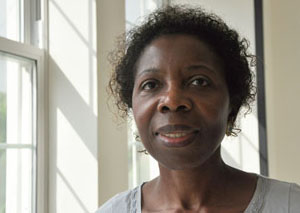 |
More than 700 at UMD Have Reported Flu Symptoms, as Season Hits Early
By Kelly Brooks COLLEGE PARK, Md. - Flu season has arrived early at the University of Maryland. More than 700 students had exhibited flu-like symptoms by Sept. 29, said Health Center Director Dr. Sacared Bodison. It's likely many of them have H1N1, she said. Normally, the flu doesn't flare up on campus until spring semester, Bodison said. The campus isn't alone with the early arrival of the flu. Twenty-six states, including Maryland, had reported widespread flu activity as of Sept. 25, according to the Centers for Disease Control and Prevention. The official start of the flu season is Oct. 4. Between Sept. 13 and 19, 99 percent of subtyped influenza A viruses reported to the Centers for Disease Control and Prevention were H1N1 viruses, according to the CDC's new weekly flu report. The reports, posted on the CDC Web site, include information on the number of respiratory specimens tested for influenza by World Health Organization and National Respiratory and Enteric Virus Surveillance System laboratories across the country. Bodison said that of a sampling of 10 students with flu-like symptoms who were tested on campus, all tested positive for H1N1. The presumption, she said, is if a student is exhibiting "all the typical flu symptoms, that it's more than likely H1N1." In a brief question and answer session, Bodison explained more about the flus. How similar is H1N1 to regular seasonal flu? How is the recovery process going for ill students? What suggestions do you have for students to prevent catching the flu? When will the university receive the H1N1 vaccine? What are the university's specific plans on distribution of the H1N1 vaccine once it's available? According to the CDC, people who become ill with flu-like symptoms-- including fever, body aches, runny or stuffy nose, sore throat, nausea, or vomiting or diarrhea-- should avoid contact with others. The CDC recommends staying home for at least 24 hours after fevers are gone, except to get medical care. People with severe illness or those at high risk for flu complications should contact their health care providers or seek medical care. | |||||||
|
Copyright © 2009 University of Maryland Philip Merrill College of Journalism | |||||||
| Politics | Business | Schools | Justice | Health | Et Cetera | ||
